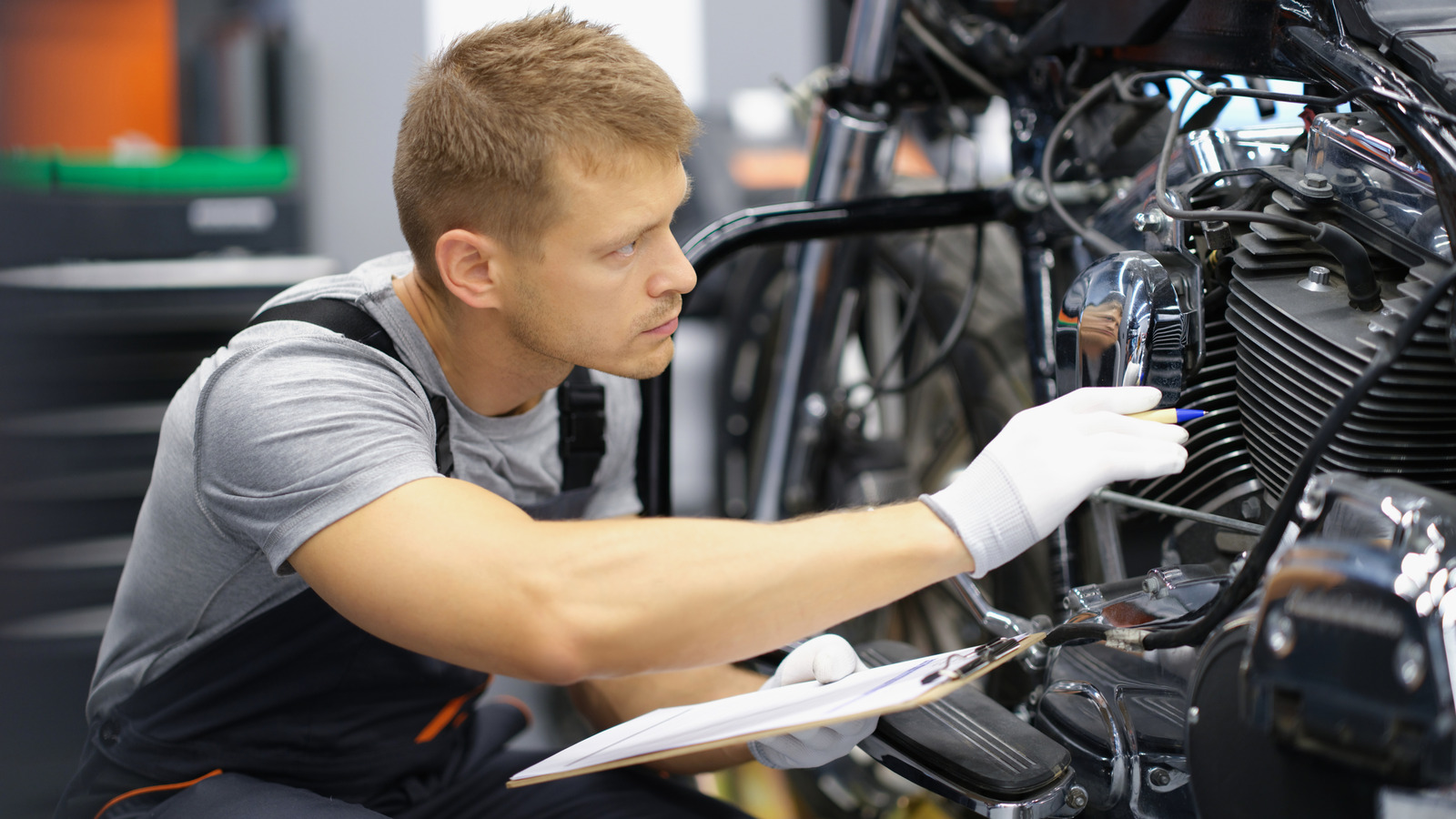I stumbled upon this January 17, 2023 offering by Viking Bags entitled; "10 Most Common Can-Am Spyder Problems". I've included the link to this article at the bottom, if interested.
There is a fair amount of bad advice out there in the ethos-sphere. Listen to Ronald Reagan. 'Trust but Verify'. It's your ride. Make sure what you 'Know' is accurate. Sometimes it doesn't matter much. Other times it's crucial.
Some of the information in this article is so bad that I wonder if it was generated by an AI algorithm. Be very careful of AI. It can be very wrong with authority.
Being wrong about the Spyder adds to the negative opinions it’s acquired. The Spyder had many issues in the beginning, and it's taken a long time to turn that around BRP got too much negative press early on and are not getting enough credit for improvement over the years.
Part 1 Their statements, (My statements)
How Reliable are Can-Am Spyders? They are ranked the lowest when it comes to the most reliable motorcycle brands.
(So, does this mean that the Spyder is lowly rated compared to 'The most reliable' rides? Or compared to all motorcycle brands. Confusing statement in my mind.)
#1- Battery and Connections Issues. The Can-Am Spyder’s battery may look simple but often suffers from connection issues.
(The Spyder battery looks simple because it is. It's the same battery used in many motorcycles. The Spyder is very power dependent. Any weakness in battery or connections can cause issues that the average motorcycle would not suffer. Right call, strange wording.)
#2- Sprocket Red Dust Issue. On older Can-Am Spyder trikes, (Though more common on older Spyders, this can happen with ANY Spyder.) red dust starts to gather on the front sprocket due to rusting and oxidation. Red dust can be an indication of possible mechanical failure. (True) The front sprocket should be changed every 25,000 miles to prevent red dust. (No, this is completely unnecessary and can be counterproductive) This problem arises as the belt moves against the sprocket and a cloud of powdery red dust is generated due to the constant grinding. (Absolutely not true. I'll explain the real and well known cause of 'Red Dust' at the end) If you find red dust coating the front sprocket, it should be changed out as soon as possible. (Also True) The red dust can also be treated using Loctite chemicals used for surface treatments. (Be careful with this one. You can't just spread Loctite on a failing sprocket and expect anything positive. Yes, if you are replacing a sprocket with red dust or reinstalling a sprocket with no red dust, the correct Loctite product is essential) It is best to replace the sprocket every 25,000 miles. (No, don't do this. But I would inspect for red dust every oil change.)
(This Red Dust is not created by the belt/sprocket interface. Instead, it begins with movement between the splined interface of the steel output shaft and the steel sprocket. Even the slightest movement will cause friction which removes very small particles of steel from the sprocket interface. As the steel goes away, movement increases, wear increases, and eventual failure is assured. This powder is then deposited on the inner portion of the sprocket and it radiates outward from the center shaft as the sprocket spins. The iron in this powder then rusts with giving it its classic red color.)
(If it were the belt, as given in this article, this steel powder would never get deposited on the center of the sprocket.)
#3- Squeaking Brakes. Most Can-Am Spyder models suffer from squeaking brakes that reduce performance and make an irritating noise. (I disagree. Early models used Semi-Metallic friction material. Inexpensive, long lasting, and stops fantastic! But tends to squeal loudly. To get away from this noise problem BRP began using Organic pads. Again, inexpensive, but poor stopping performance and short lived. In 2013 BRP went to a Brembo braking system and Semi-Sintered pad material. More expensive, stops nearly as well as Semi-Metallic, lasts nearly as long, and as quiet as Organic pads. Though you can still get occasional squealing. In short, it's not been a prominent issue since 2013) If you are an aggressive rider, it can be dangerous to ride a Can-Am Spyder with squeaking brakes as they can destroy the rotors. (Not exactly. There are 2 reasons for squealing brakes. Most often it's just brake dust buildup. It is annoying but there is no loss of stopping performance or safety issue. However, if the squealing is being created by worn out friction material and you're metal on metal - pad steel backing plate on steel rotor - This will destroy your rotor in a hurry and because braking performance is reduced, can be considered a safety hazard.)
Squeaking brakes indicate that they need to be replaced immediately with floating, ventilated rotors, and larger brakes. (This is a ludicrous statement and completely unnecessary considering that the most common reason for squealing brakes is harmless. And what are you going to do after all this expensive modification and your brakes squeal again? You can invest in floating, ventilated rotors and larger brakes, of course, and there is nothing wrong with it. People do unnecessary things to their rides all the time. But it can have some negative side effects. A great reduction in the weight of your wallet, for starters. And it would add a lot of unsprung weight to your suspension.) However, if you are not an aggressive rider, try acquiring brake cleaner to help maintain the condition of the brakes. (Regardless of what kind of rider you are. There are several effective and cost wise ways to eliminate brake squeal without replacing components. EBC makes great rotors for the Spyder which increase stopping power, resist warpage better, and are less expensive than OEM. This is a much more rational approach to your braking issues.)

www.slashgear.com


